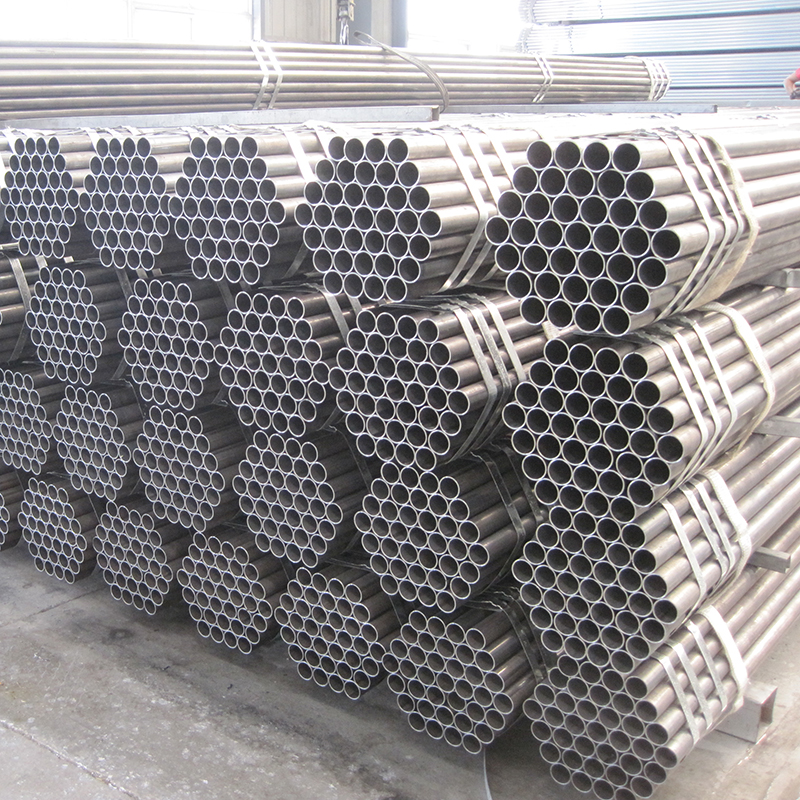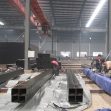Carbon steel pipe classification in the steel pipe market
As we all know, carbon steel pipe is one type of structural steel pipe widely used in construction activities today. Carbon steel pipe is made from ingot or solid round steel after perforation, then though hot rolling, cold rolling or cold calling. And carbon steel pipe is highly resistant to shock and vibration. Fluctuating water pressure or shock pressure from a water hammer have little effect on steel. Today’s heavy traffic conditions impose much stress on roadway foundations. Carbon steel pipe is practically unbreakable in transport and service, and for this reason it is okay to lay water mains under roadways. Carbon steel pipe plays an important role in China’s steel industry.

Carbon steel depends mainly on carbon to form the durable alloy. Carbon steel may contain other agents such as manganese, cobalt, or tungsten, but the proportion of these materials is not specified. Mild steel pipe is one common type of carbon steel pipe widely used in modern society. The following shows the four types of carbon steel:
•Mild / low – contain very low percentages of carbon
•Medium – 0.3 to 0.59% carbon by weight
•High – 0.6 to 0.99% carbon
•Ultra high – 1.0 to 2.0% carbon
Carbon steel pipe can be divided into two categories: hot and cold rolled (pull) steel. Hot-rolled carbon steel tube is divided into general, low, medium pressure boiler pipe, high pressure boiler pipe, steel pipe, stainless steel pipe, oil cracking pipe, geological steel pipes and other steel pipe. Cold-rolled (allocated) not only comprises general carbon steel pipe steel pipe, low pressure boiler pipe, high pressure boiler pipe, galvanized steel pipe, stainless steel pipe, oil cracking pipe and other steel pipes, but also includes carbon thin-walled steel, alloy thin-walled steel, stainless thin-walled stainless steel pipe, special- shaped steel. The diameter of hot-rolled seamless pipe is generally greater than 32mm, wall thickness 2.5-75mm. The diameter of cold-rolled seamless steel pipe can be up to 6mm, wall thickness can be 0.25mm, outer diameter thin-walled tube to 5mm, wall thickness less than 0.25mm. The dimensional accuracy of cold-rolled is higher than that of hot-rolled.
In practical applications, carbon steel pipe has many different shapes for you to choose from, including round steel pipe, square steel pipe, rectangular steel pipe and some other shapes in the market. Furthermore, there are a few advantages of carbon steel pipes, such as shock resistance, safety, tensile strength and etc. Specifically, carbon steel pipes can withstand great shocks and vibrations. Since some materials need to be treated with preservatives, glues or pesticides in order to protect them, which can make them hazardous to handle. Carbon pipes don’t require such treatments, making them safer to work with. Besides, carbon steel can endure tremendous pressures. That is to say, thinner carbon steel pipes can carry the same capacities as thicker pipes made of other materials. This, in turn, makes carbon pipes more cost effective in comparison with other regular pipes in the steel pipe market.
Tel: +86 18202256900 Email: steel@fwssteel.com










